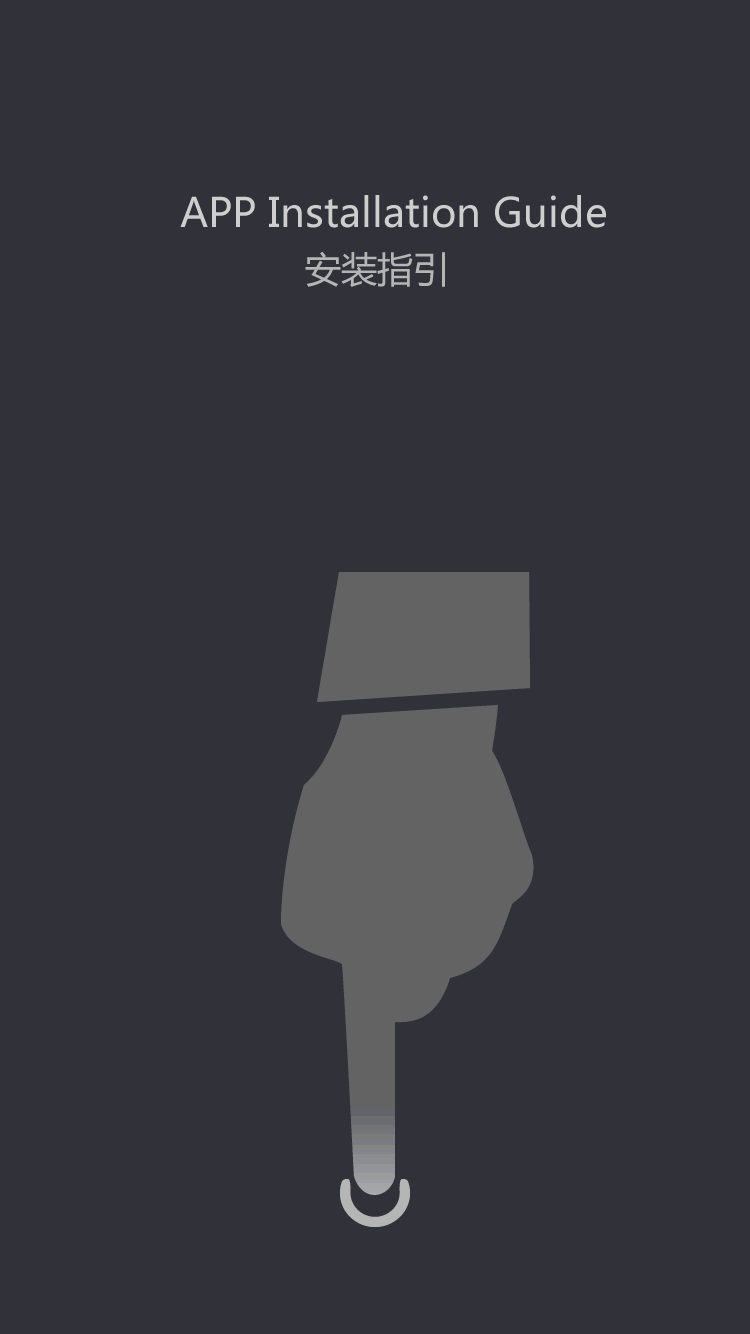Fujikura Europe Ltd > Large Diameter Optical
Further, when the lid plate sixteen is opened by pivoting it in a course shown by the arrow d, the, optical fiber 1 may be unclamped. Although the receiving side clamp members 11, 12 can obtain the main end portion of the optical fiber 1 set on the fiber resting desk 10 from the above and assist the leading finish portion, on this case, as shown in FIG. The CT-106 is a high precision large diameter fibre cleaver designed for fusion splicing and glass processing preparation. Mechanical cleavers clamp the fiber in the right position earlier than a diamond wheel or blade scribes the fiber. Then, a drive is utilized and the fiber provides a pleasant break at the scribe.
Try some other cable crops for practice - try 13km singlemode at 1310nm, 4 splices and connectors solely on the ends. Use the standard element loss information below the calculator or use your personal estimates. Multimode connectors could have losses of zero.2-0.5 dB typically (see note about 'connector' vs. 'connection' loss). Singlemode connectors, which are manufacturing facility made and fusion spliced on will have losses of 0.1-zero.2 dB. Field terminated singlemode connectors might have losses as high as zero.5-1.0 dB and unacceptable reflectance.
1 (a place proven in FIG. 3C and 3D), the cam follower is disengaged from the cam four and is dropped, with the result that the pusher three is lowered to push the outer peripheral floor of the optical fiber 1 from the above. Since opposed surfaces of the cam follower 6 and the cam four are vertical as shown in FIG. 3E, once the cam follower 6 is disengaged from the cam 4 and is dropped, the cam follower can't experience on the cam 4 once more, with the result that the blade 2 can't be returned to the path b along with the cam four. 2, the reference numeral 21 denotes a dislodgement preventing screw for stopping the pusher 3 from being dislodged downwards from the cylinder 20; and 22 denotes a blind lid.
Mechanical cleavers give nicer and extra repeatable cleaves. A basic cleaving technique that is employed is known as the scribe-and-rigidity strategy or the scribe-and-break technique. This process entails introduction of a crack within the fiber, usually via cutting tool made from a fabric similar to diamond, sapphire, or tungsten carbide, followed by the applying of tensile stress in the vicinity of the crack. However, the specific implementations of the cleaving range and lead to cleaves of various qualities. With the introduction of the FC-6 , you now can have the ultimate precision software for single (FC-6S) and mass (FC-6M) fiber cleaving.
2, the pusher 3 is housed in a cylinder 20 fastened to the lid plate 16 in order that the pusher can be moved directly in a thickness course of the lid plate 16. In this case, a coil spring 19 is provided between the cylinder 20 and the pusher three to protrude the pusher three from a rear surface of the lid plate sixteen. When the slider thirteen is ready shown by the strong line in FIG. 1 (a place shown in FIG. 3A and 3B), the cam follower 6 rides on the cam four and is held in a lifted condition, with the outcome that the pusher three can also be lifted to be retarded above the optical fiber 1. However, when the slider thirteen is slid in the course a to reach a place proven by the broken line in FIG.
A lid plate 16 pivotable around an axis X—X is supplied apart the fiber resting desk 10. The lid plate sixteen is provided with two hold-down side clamp members 17, 18 and a pusher three. When the lid plate sixteen is pivoted in a direction shown by the arrow c in FIG. 1 to be closed, the hold-down side clamp members 17, 18 can overlap onto the corresponding receiving facet clamp members eleven, 12, thereby clamping the naked portion of the optical fiber 1 between the clamps eleven, 12 and 17, 18.


































![[Dry Goods] how to avoid electrode rod after fusion black?](https://img5811.weyesimg.com/uploads/tumtecchina.com/images/15840915146146.jpg?imageView2/2/w/1920/q/100/format/webp)







































